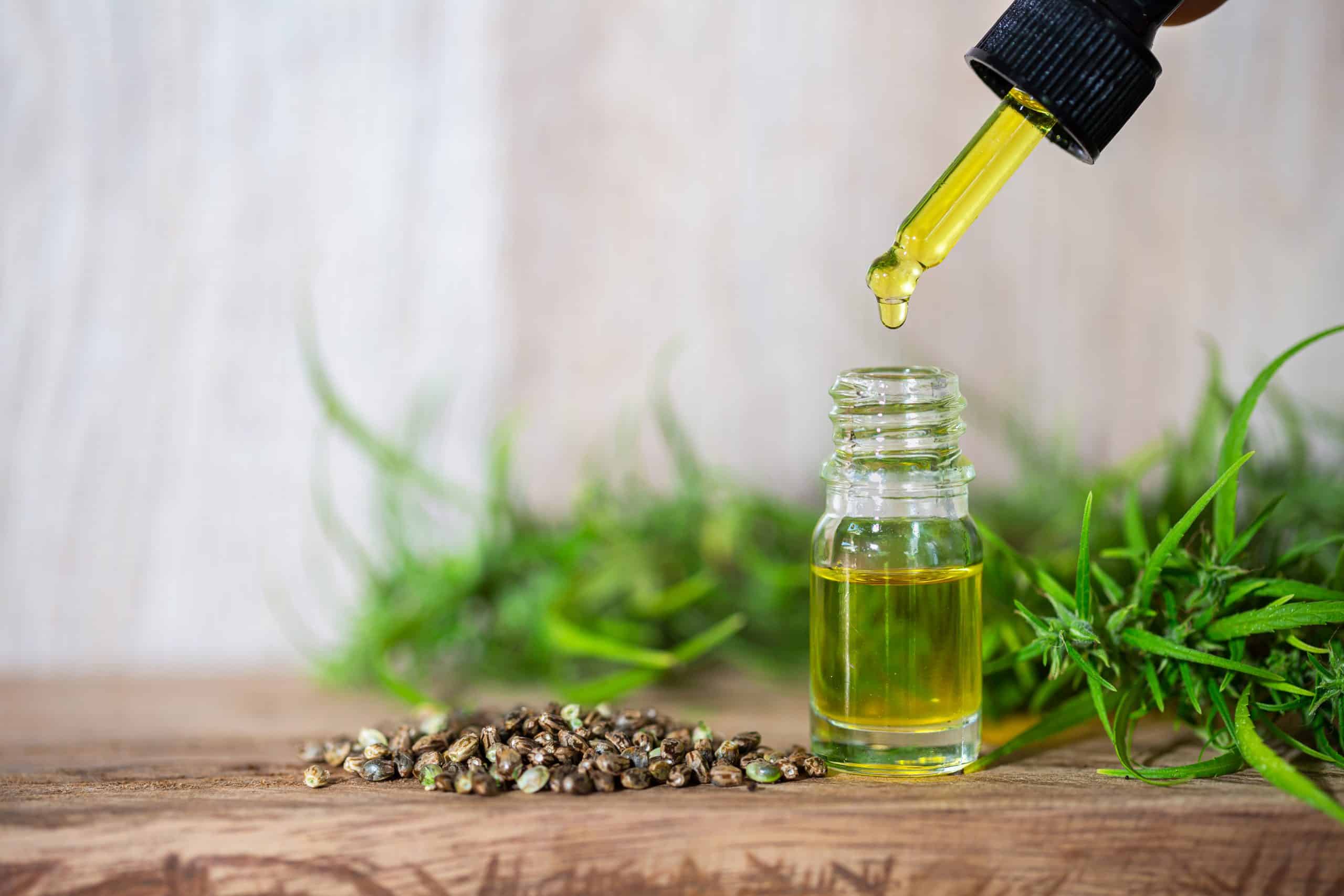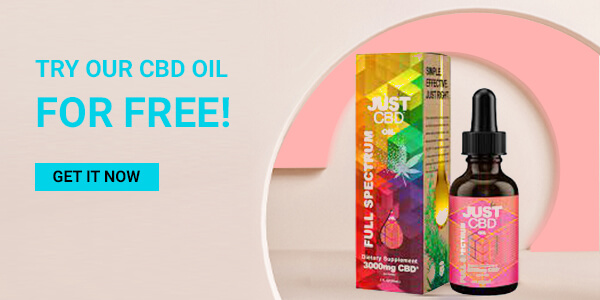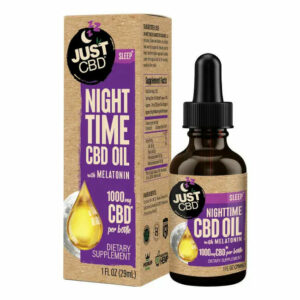What is CBD oil? How can an individual consume CBD oil? What are some of the effects of consuming CBD oil? How does one feel after consuming CBD oil? This article explains the experience that an individual experiences after consumption of CBD oil.
People have unique experiences from consuming CBD oil products. Also, different CBD extracts generate distinct results for consumers. CBD comes in three formulations, including CBD isolates, broad and full spectrum. These extracts have various ingredients responsible for unique results. Also, human body composition is different, implying that its CBD reaction varies. Thus, CBD oil experiences are discussed here.
The cannabidiol (CBD) oil compound is among the major cannabis cannabinoids existing naturally in the cannabis plant, which consumers praise for its therapeutic effects. However, some people dislike it because of the intoxicating effects caused by tetrahydrocannabinol (THC) in some cannabidiol extracts. CBD comes in three formulations, including CBD isolates, broad and full spectrum. Cannabidiol isolates contain CBD contents, while the full spectrum has all cannabis compounds, including flavonoids, terpenes, THC, CBD cannabinol, and cannabigerol. However, broad-spectrum carries these cannabinoids except THC. Therefore, different CBD extracts generate unique experiences for consumers. For this reason, the article ventures into experiences reported by CBD consumers.
What is CBD oil?
Lewis et al. (2018) explained that cannabidiol (CBD) is sourced from two cannabis variants, including hemp and marijuana. This naturally occurring chemical compound packs numerous analgesic and therapeutic benefits. In 2018, the Farm Bill stipulated that CBD products should contain a 0.3 percent or less THC limit. In addition, the cannabis plant contains other cannabinoid compounds like flavonoids, terpenes, cannabinol, and THC. Also, cannabidiol is non-psychoactive and non-intoxicating, unlike THC molecules. Some US States legalized CBD for recreational while others for therapeutic purposes.
For this reason, the 2018 Farm Bill enhanced CBD consumption, farming, and production since industrial hemp contains 0.3 percent THC levels. In this regard, consumers report cannabidiol’s natural healing potential with slight side effects. In addition, medical professionals recommend CBD users shop for CBD products from reputable brands. However, these products should contain below 0.3% THC levels. Also, they must undergo a third-party laboratory examination verified by a Certificate of Analysis (COA). This document reveals whether these products are examined for heavy metals, microbial, pesticides, and contaminants.
What does CBD feel like?
People have different encounters and views concerning CBD products. According to Baranowska-Kuczko et al. (2020), consumers report less discomfort, stress-free, and improved relaxation and focus. Also, some praise cannabidiol for its therapeutic impacts on human skin. Since cannabidiol and THC are sourced from cannabis herbs, certain individuals mistakenly assume CBD causes intoxicating effects. Nevertheless, cannabidiol cannot cause intoxication, implying that consumers won’t experience high feelings. Cannabis is a general name that describes plant families, including marijuana and hemp, although they have distinct chemical compositions. The hemp-sourced cannabidiol oil constitutes 0.3 percent THC or below and thus cannot intoxicate consumers.
How Does Cannabidiol Make Consumers Feel?
Munson et al. (1975) stated that cannabidiol generates relaxing and calming effects that invigorate consumers’ moods. Also, CBD oil effects depend on CBD type consumed, metabolism, user’s weight, amount, and consumption time. However, various CBD topicals show positive effects when applied to certain body parts. Notably, cannabidiol does not interact with brain cannabinoid receptors and thus cannot generate intoxicating effects. Rather, CBD regulates the human endocannabinoid system (CBD) to maintain body balance (homeostasis) between vital physiological processes. This system happens in various body organs and systems, revealing itself through CB2 and CB1 body receptors. Cannabidiol assists the endocannabinoid system in generating and maintaining more natural neurotransmitters called endocannabinoids. They contain the same chemical structure as plant-sourced cannabinoids, hence elucidating the CBD versatility in self-care. Endocannabinoid inadequacies cause imbalances in body organs and systems, resulting in several health concerns. However, the ECS restores homeostasis efficiently when more cannabinoids circulate throughout your body. Consequently, Beck & Gregorini (2020) explained that consumers experience various positive impacts like improved stress management, refreshed mind, overall balance, better regeneration, and reduced physical discomfort. Nevertheless, certain cannabidiol effects manifest immediately after administration, whereas others require enough time to generate complete potential.
Full-spectrum Versus Broad-spectrum Effects
Full-spectrum cannabidiol product delivers the cannabis plant’s whole cannabinoid composition, including terpenes, THC traces, cannabinol, flavonoids, and cannabigerol. Remember, manufacturers do not eliminate 0.3 percent THC levels during extraction. Terpenes and minor cannabinoids enable the human body to metabolize cannabidiol more efficiently. Subsequently, the full spectrum does not generate the bell-shaped dose-reaction witnessed in CBD isolate. Stella et al. (2021), full-spectrum cannabidiol oil develops more stable and predictable dosing and generates greater effects than cannabidiol isolate. Consumers who cannot tolerate THC in CBD products should use broad-spectrum cannabidiol oil. In this regard, their chemical composition is similar, except that the broad spectrum lacks THC molecules.
Furthermore, tetrahydrocannabinol is eliminated after the initial process, which de-escalates the chances of acquiring false-positive results, especially in THC drug screening. However, consumers enjoy benefits delivered by terpenes and minor cannabinoids. CBD isolate is pure CBD form extracted by eliminating all cannabis compounds except CBD. It takes white crystal’s form where producers suspend and pulverize it in high-quality carrier oils to manufacture pure cannabinoid oils. Unlike other extracts, CBD isolate does not provide overall plant synergy. For this reason, the product is unpredictable when dealing with specific dose effects.
What Does Cannabidiol Oil Feel Like?
When CBD oil is consumed sublingually, it infiltrates into the bloodstream via many small blood vessels. It avoids the digestive system, implying that its effects manifest faster between 15 to 20 minutes after consumption. Also, full-spectrum cannabidiol might leave a grassy or earthy aftertaste in the mouth, although the effects are admirable. Pellati et al. (2018) explained that cannabidiol interacts with the human body and brain through various receptors, thus eliminating stress. Most people operating in stressful environments require a stimulating substance besides jittery feelings linked to stimulants, including energy and caffeine drinks. Also, CBD balances most body systems, including those regulating nausea feelings, appetite, digestion, mood, and sleep.
Conclusion
Everybody has unique body chemistry, meaning cannabidiol oil effects are different. However, other factors influencing these effects include CBD type consumed, amount, body weight, and consumption time. Most consumers feel general body relief after taking this product. CBD comes in three formulations, including isolates, broad, and full-spectrum. The full spectrum contains THC traces, while isolates and broad-spectrum are THC-free. CBD oil’s effects result from its interaction with the human endocannabinoid system. This system regulates mood, appetite, digestion, sleep, mood, and nausea. It does not cause intoxication or addiction to customers but works to generate positive effects. Identify your health needs for a better CBD experience.
References
Baranowska-Kuczko, Kozłowska, Kloza, Sadowska, Kozłowski, Kusaczuk, & Malinowska, (2020). Vasodilatory effects of cannabidiol in human pulmonary and rat small mesenteric arteries: Modification by hypertension and the potential pharmacological opportunities. Journal of hypertension, 38(5), 896.
Beck, & Gregorini, (2020). How dietary diversity enhances hedonic and eudaimonic well-being in grazing ruminants. Frontiers in Veterinary Science, 7, 191.
Lewis, M. A., Russo, E. B., & Smith, K. M. (2018). Pharmacological foundations of cannabis chemovars. Planta Medica, 84(04), 225-233.
Munson, Harris, Friedman, Dewey, & Carchman, (1975). Antineoplastic activity of cannabinoids. Journal of the National Cancer Institute, 55(3), 597-602.
Pellati, F., Borgonetti, V., Brighenti, V., Biagi, M., Benvenuti, S., & Corsi, L. (2018). Cannabis sativa L. and non-psychoactive cannabinoids: their chemistry and role against oxidative stress, inflammation, and cancer. BioMed research international, 2018.
Stella, B., Baratta, F., Della Pepa, C., Arpicco, S., Gastaldi, D., & Dosio, F. (2021). Cannabinoid formulations and delivery systems: Current and future options to treat pain. Drugs, 81(13), 1513-1557.
Crystal is a qualified doctor and a sex and relationships adviser at Dimepiece LA. In her spare time, she enjoys nature and is a budding tennis enthusiast. Crystal is involved with several governmental and educational initiatives aimed at increasing awareness about sexual health and making free advice more accessible to everyone.
[email protected]
- CBD For Sleep By Just CBD-cSlumber Serenade: A Restful Journey with Just CBD’s CBD for Sleep - October 10, 2023
- What is the Bioavailability of CBD? - February 20, 2023
- Full spectrum CBD+THC gummies - October 23, 2022
















